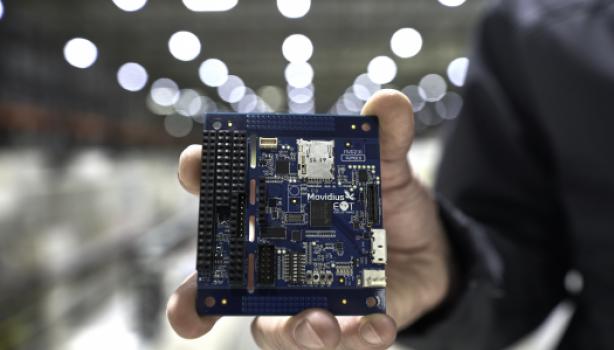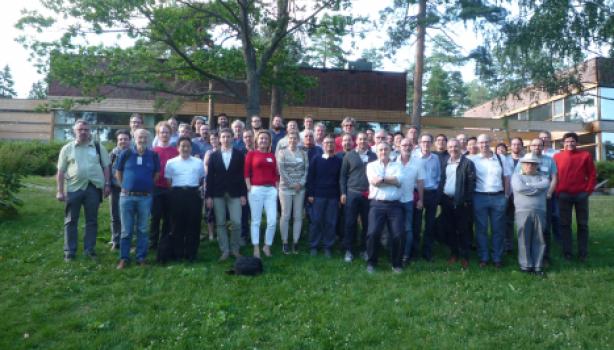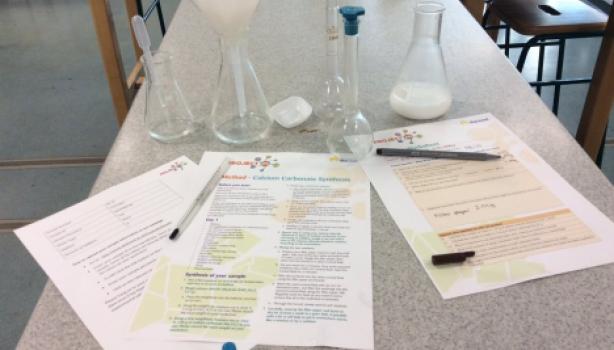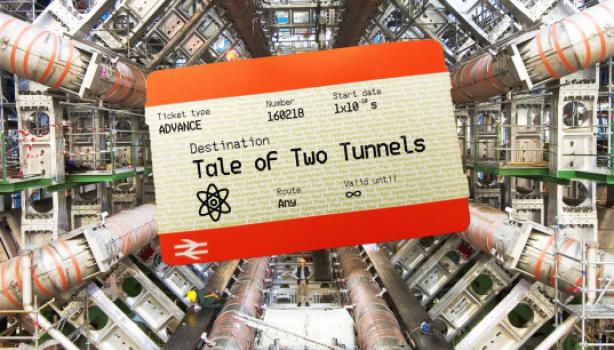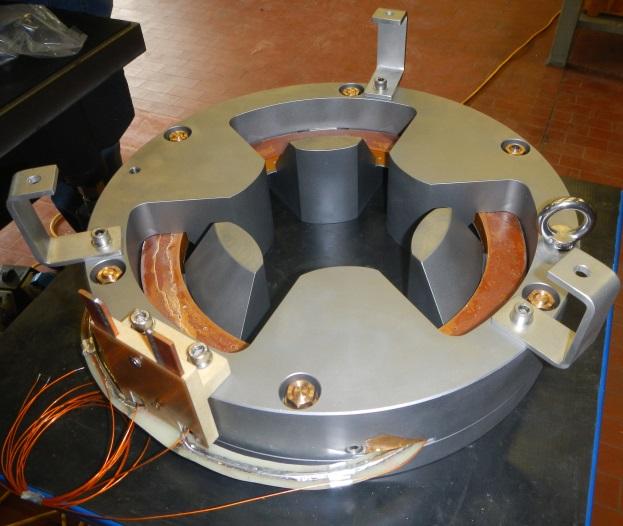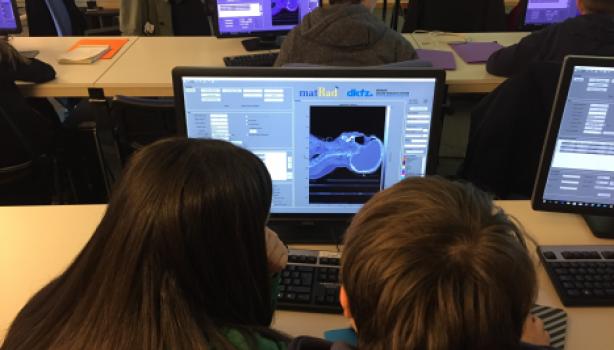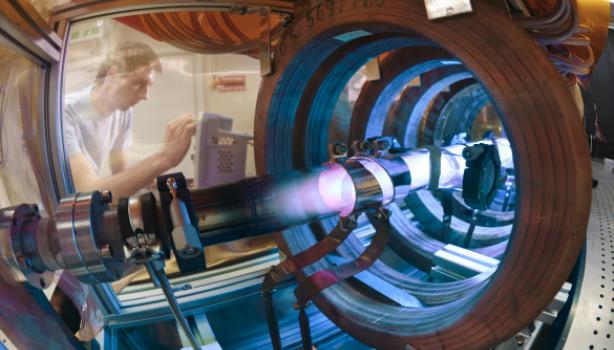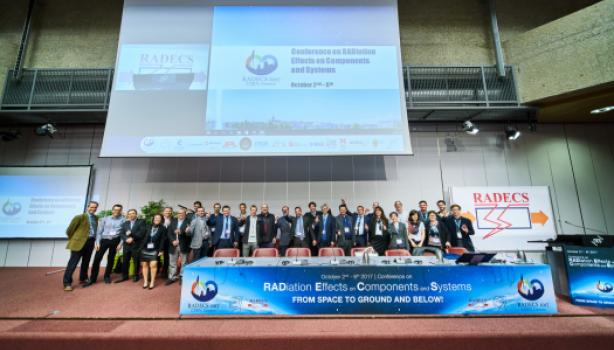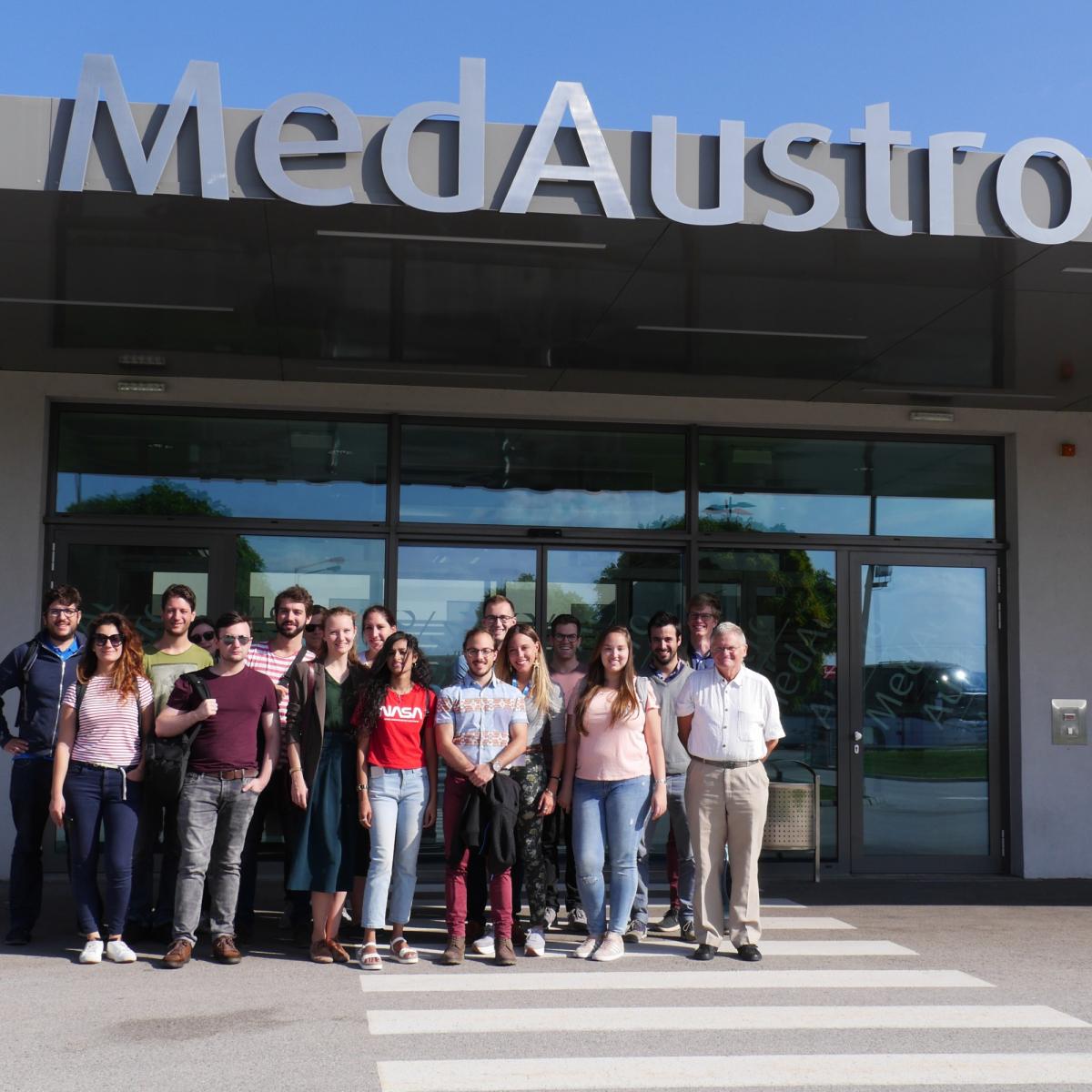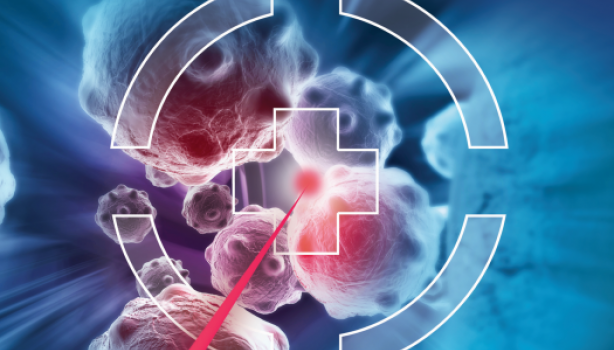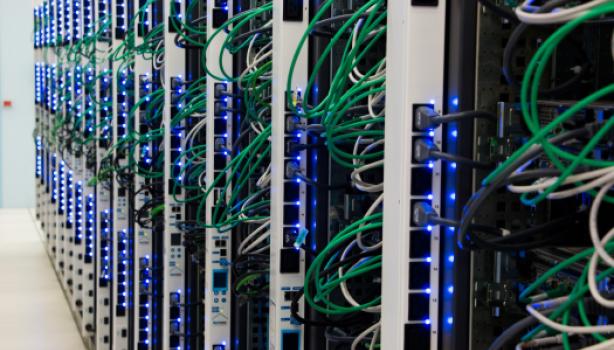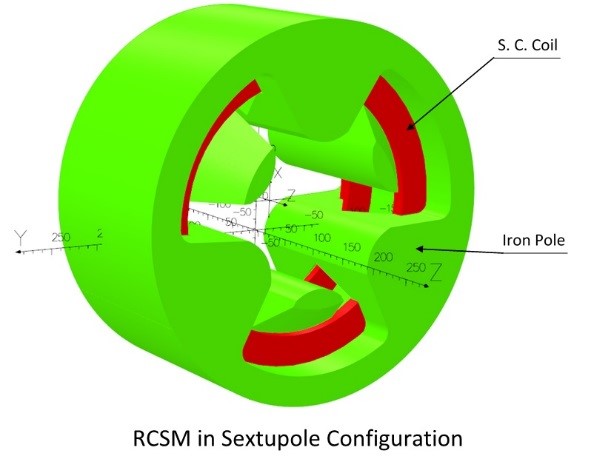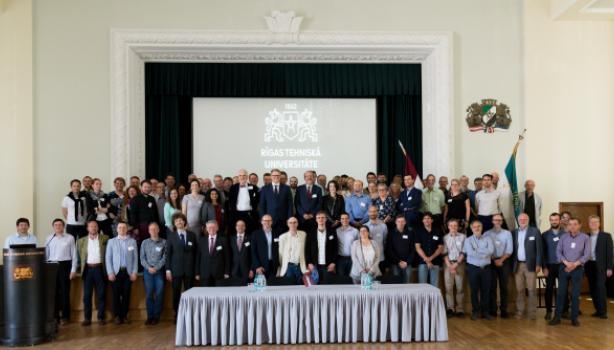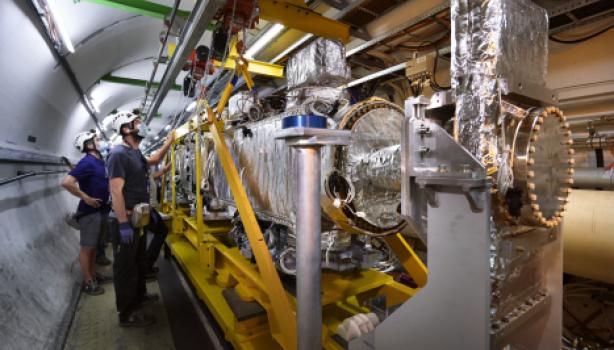In the past decades, the development of high-field superconducting accelerator magnets received a strong boost from high-energy physics. The current state-of-the-art are the LHC dipole magnets operating in the LHC at around 8T. Exploring higher energies, up to 100 TeV, requires higher magnetic fields to steer the more energetic hadron beams at a future circular collider (FCC). The goal is to double the field strength compared to the LHC dipole magnets, reaching up to 16 Tesla. This goal can only be achieved with a different superconductor technology compared to the Nb-Ti used in LHC. Currently niobium tin (Nb3Sn) is explored as a viable candidate for reaching this goal. Other superconducting technologies, like High-Temperature Superconductors (HTS), MgB2 and iron-based materials, are also under study: REBCO tapes are being used in HTS development coils, whilst MgB2 and iron-based materials are under investigation as part of the FCC conductor development programme.
The first magnets using the Nb3Sn technology, the so-called 11T dipole magnets and the final focusing magnets are developed for HL-LHC. Designing, manufacturing and operating such high-field accelerator magnets is not a trivial task while it should be noted that the strength of the field is only one of the parameters that inform the design of accelerator magnets. In the case of FCC, more than 5000 dipole superconducting magnets will be needed for the 100 km tunnel. These magnets will have to be powered in series and operate continuously over long time periods. Therefore a reliable and efficient magnet design is key for the sustainable operation of this machine.
The FCC study explores a number of critical aspects that underlie the design, cost-efficient manufacturing and reliable operation of 16T dipole magnets for future particle colliders. Among them is the improvement of the state-of-the-art Nb3Sn performance towards a target critical current density of 1500 A/mm2 at 16 T and 4.2 K, i.e almost a 50% increase compared to the HL-LHC specifications. Moreover, the industrialisation of such high-performing wire for large scale production and the achievement of a target cost for the Nb3Sn wire andurthermore, the design of cost-effective 16 T dipole magnets with adequate electromagnetic and structural designs as well as the improvement of magnet training.
To meet this goal, the FCC collaboration has launched a rigorous R&D conductor development programme and a R&D magnet programme. The conductor development programme focuses on the development of Nb3Sn wire with a target performance exceeding that of state of the art conductors. The world-wide community, including leading companies and laboratories from Europe, Korea, Japan and Russia, has enthusiastically taken on the challenge. All collaborators have reached impressive achievements. Unit lengths of Nb3Sn wires with performance at least comparable to that of the HL-LHC conductor have been produced in industry and cabled at CERN.
Very promising achievements reached in the USA with the production of R&D Nb3Sn wire via new technologies were presented during the FCC week 2019. At Fermilab, multi-filamentary wire produced with the Internal Oxidation process has already exceeded the FCC target critical current density – reaching values of up to about 1600 A/mm2 at 16 T and 4.2 K. Moreover, work at the Applied Superconductivity Centre of Florida State University has demonstrated the beneficial influence in improving the high-field performance of Nb3Sn via Hafnium addition to Nb-Ta.
In contribution to the FCC Conductor Development Programme, the Applied Superconductivity group at the University of Geneva has demonstrated that a combination of high upper critical field and enhanced critical current density can be obtained by grain refining in Ta-doped Nb3Sn with internally oxidised Zr. With a record-high value of 28.8 T at 4.2 K, the upper critical field of the samples based on Nb-Ta-Zr alloys even surpasses the values of industrial state-of-the art Nb3Sn conductors. Moreover, under the EuroCirCol conductor programme, the effect of the transverse load on the performance of Nb3Sn cables and wires was quantified following a successful collaboration with the Universities of Geneva and Twente. The effect becomes more relevant in higher fields and the results will inform the design of the final magnets.
“The enthusiasm of the world-wide superconductors’ community and the achievements are impressive”, says Amalia Ballarino, leader of the conductor activity at CERN. “The FCC conductor development targets are very challenging. The demonstration of the possibility of reaching the target critical current density in development Nb3Sn wires is a milestone in the history of Nb3Sn conductor and a reassuring achievement for the FCC magnet development programme”.
The magnet programme includes three main activities covering the required R&D on superconducting cable, magnet cross section, iron yoke, collars and the magnet structure. Key components of the programme are CERN’s magnet development programme beyond HL-LHC (which sets a milestone for the FCC high-field magnets), an ongoing R&D effort involving a network of academic institutes and industrial partners firmly supported by the EU-funded Horizon 2020 EuroCirCol project, the FCC Conductor Development Programme and connection with other programmes taking place around the world, with first and foremost the US Magnet Development Programme as well as partners from Russia and Asia. These programmes have attracted partners, both from the academia and industry, who collaborate to tackle the complex challenges for the more powerful magnets needed for an energy-frontier collider. More innovative and better-integrated activities between academia and industry led to a cost optimised magnet design and the availability of different conductor options. The outcome of this joint effort is documented in the FCC Conceptual Design Report (CDR) and was extensively discussed during the 2019 FCC week.
The FCC CDR included design and cost models for the magnets, based on the results of the EU supported EuroCirCol WP5. These showed that several different design options have the potential, to deliver 16 T in a reliable and cost-efficient way, once properly developed.
The efforts focused on the integration of the electromechanical characteristics of the conductor. Nb3Sn is a brittle material, which can crack easily, so specific care and attention are required starting from the initial design phase on the electromechanical properties. The magnet design was treated as one integrated task including the structural, the magnetic and the magnet protection design. All collaborators used the same set of parameters for their simulations. Davide Tommasini (leader of the FCC magnet R&D) stresses that: “The impact of the programme in the relevant community has been extremely important. A considerable effort has been made, by all parties, in cultivating an environment in which information is openly shared throughout the whole duration of the programme”.
To this end, EuroCirCol WP5 has organised about 40 collaboration video-meetings and around 30 topical meetings, many of them with the enlarged participation of the US laboratories engaged in the US MDP. A number of national research laboratories including CEA (France), CIEMAT (Spain), INFN (Italy) and CHART (Switzerland) have recently signed agreements in the framework of the CERN FCC 16T programme with the aim of manufacturing around 1 m long prototypes of the designs developed within EuroCirCol, as a step towards building full scale models. The Swiss Chart-II roadmap for applied superconductivity is also planning significant contributions towards the high-field magnets required for FCC. CERN is coordinating these efforts through an international high-field magnet forum. Daniel Schoerling, the coordinator of the high-field magnet forum, states that ‘this forum shall continue providing a platform for the different institutes, as successfully cultivated during the EuroCirCol programme.’
An eRMC magnet structure was assembled at CERN using instrumented aluminium dummy coils and its mechanical structure has been characterised at cryogenic temperature. Moreover, three superconducting Nb3Sn coils are produced and ready for assembly for the first cold powering tests scheduled for the end of this year.
Finally, the recent success of the test of the US MDP cosine-theta dipole, which achieved its target of 14T was announced during the FCC week 2019. Daniel Schoerling, coordinator of the International High-Field Magnet Forum, and some other key speakers highlighted in their talks the importance of the MDP 15 T dipole program and how the latest results that considerably strengthen the FCC Design Report.
Following this successful test, the magnet pre-stress will be increased in order to reach its design limit of 15 T. This result, obtained on a very early stage of a tailored R&D for high-field accelerator magnets, puts future closer in time. This project was initiated four years ago at Fermilab by Alexander Zlobin and the Fermilab Supeconducting Magnet team, in response to the P5 and HEPAP Accelerator R&D subpanel recommendations. In June 2016, after the Office of High Energy Physics at US-DOE created MDP to integrate accelerator magnet R&D in the United States and coordinate it with the international effort, this project became a key task of the MDP. A year later this effort received support also by the EuroCirCol program, making it a truly International endeavor. The next step of this project is to re-assemble the magnet with higher coil pre-load to achieve its design goal of 15 T.

Fig 1. 15 T dipole demonstrator MDPCT1 with project leader A.V. Zlobin and 15 T project team (Fermilab).
In addition to the baseline design of the cosine-theta coil type, other design options have been studied in detail and will be experimentally tested in the coming years. The elaboration of the FCC conceptual electro-magnetic designs for the other arc and interaction region magnets largely profited from the long-standing tradition of collaboration at CERN. Most of the involved institutes had already been responsible for the design and procurement of similar magnet types for LHC and HL-LHC, and also took on the responsibility for magnet types with similar functions for the FCC study. They contributed in a great collaborative spirit to the development of the challenging arc and interaction magnets for FCC (see Fig. 2), as presented in the CDR.

Fig 2. Electromagnetic baseline designs of the FCC arc and interaction region magnets. The institute taking the lead in the design is indicated in brackets.
Two examples of this collaborative effort for the design of the ‘other’ magnets is the finalisation of a comprehensive design optimisation for the arc quadrupole magnets performed under the lead of CEA. To validate this design, the first winding trials are currently performed by CEA. Another example is the conceptual design established by FNAL for low-luminosity (LL) and high-luminosity (HL) quadrupole triplet magnets with large apertures and gradients. FNAL is continuing their efforts with work on the structural and thermal design, and on a quench protection study.
The above results prove the value of a strong R&D programme for the successful but also sustainable operation of post-LHC frontier colliders. The FCC collaboration provides a platform for creativity and innovation to flourish in collaboration with research centres and industrial partners from all over the globe. Coordinated R&D efforts can lead towards better technological capabilities for future accelerators that will push further the energy and intensity frontiers in particle physics while they can pave the way for new products and innovation processes.
